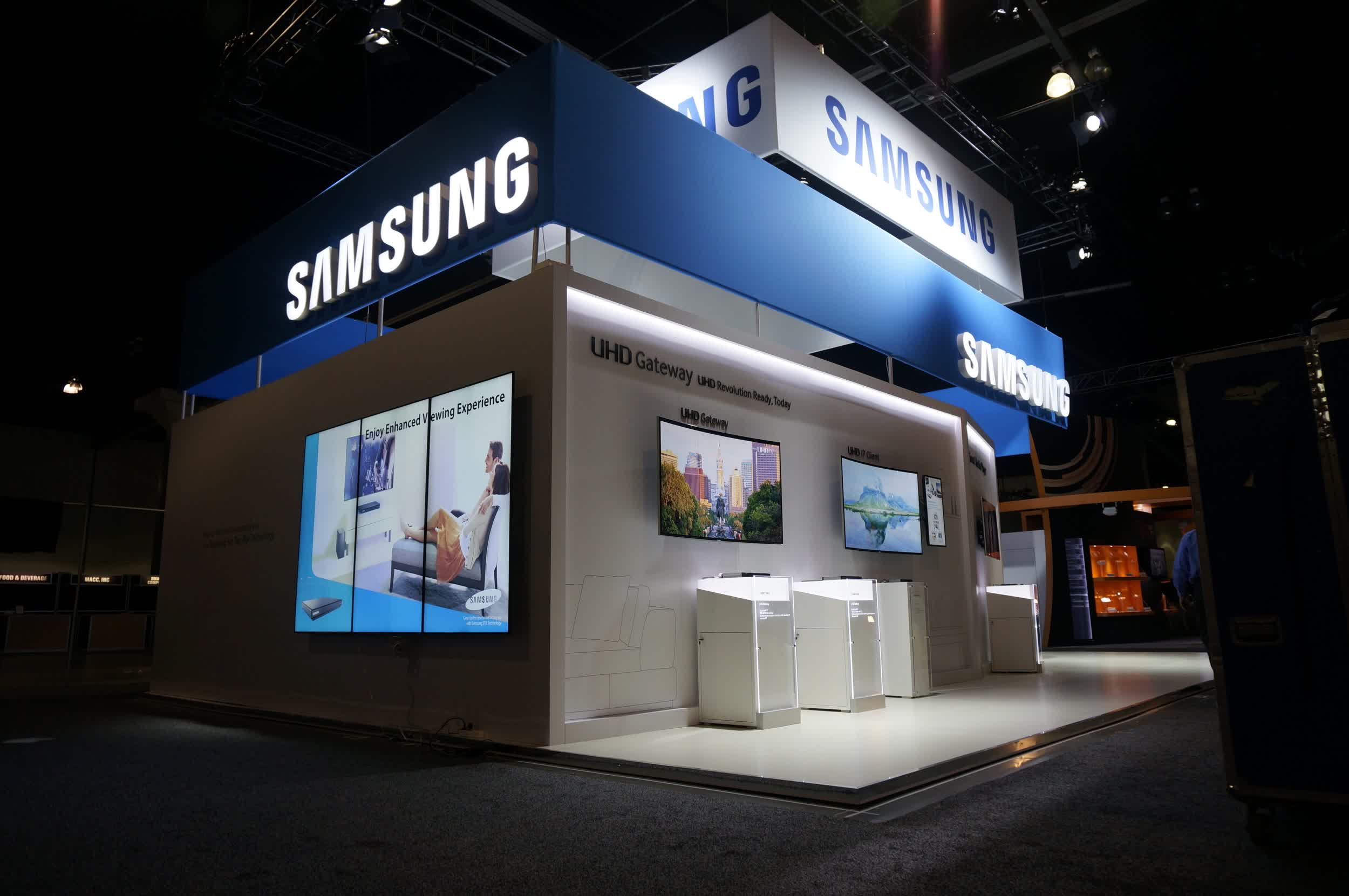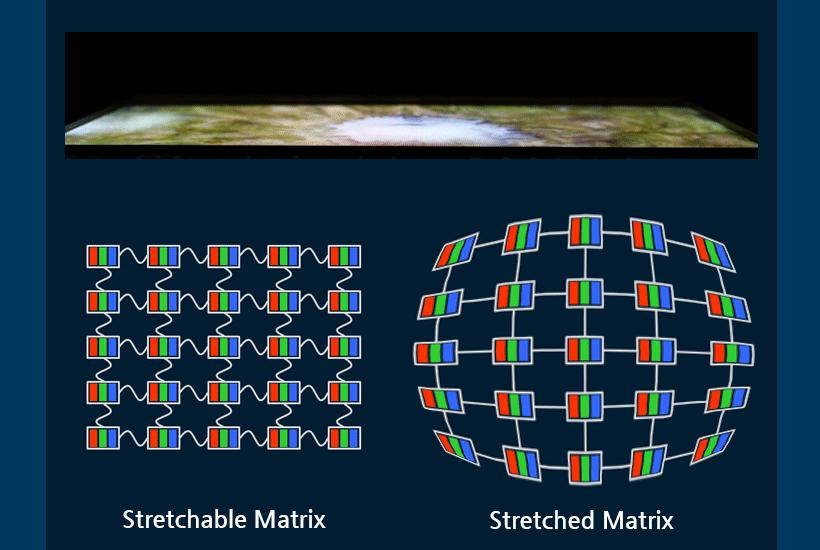Something to look forward to: Foldable displays are slowly becoming more mainstream, thanks in no small part to Samsung's insistence that you should be able to have a large screen in a pocketable device. That said, the company is already working on stretchable displays, and a recent demo at the Global Tech Korea 2021 event shows an intriguing application of the new technology.
Samsung is one of the very few companies that's constantly innovating in the display space. The Korean tech giant is so proud of its obsession with this technology that it never misses an opportunity to tout its achievements. Behind the hype and enthusiasm it cultivates for fans, there's a hard truth---the foldable displays in the latest Galaxy Z phones took almost a decade to perfect to the point where they're starting to attract more attention from consumers.
Another project that's been years in the making involves stretchable OLED displays. The last time we saw a glimpse of what Samsung was doing with that concept was at the Society for Information Display's trade show in 2017. At that point, Samsung was touting a 9.1-inch prototype that could be mounted on 3-dimensional surfaces, bent, rolled, or even poked from behind without losing its ability to display a clear image.
Since then, the company has been improving on the underlying technology, and it looks like it also found a new use for it. According to an ET News report, Samsung Display recently demonstrated a new, 13-inch display prototype that can stretch and morph in a way that creates the illusion of a 3D presentation using 2D content as a starting point.
As you can see in the video above, the bubbling lava plume appears to rise and fall before the viewer's eyes, conveying texture and motion more realistically. As impressive as it looks, it's still very much a work in progress and likely many years away from being integrated into a commercial product.
Samsung seems to be taking things one step at a time. While it's made significant progress on developing "free-form" displays that can be "stretched in all directions like rubber bands," reliability is still a problem the company has yet to solve. Fortunately, it looks like the first applications may be in wearables and clothing, which is a good place to start.

